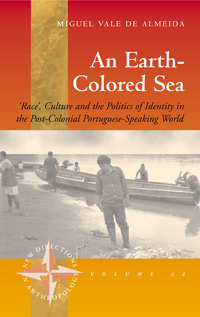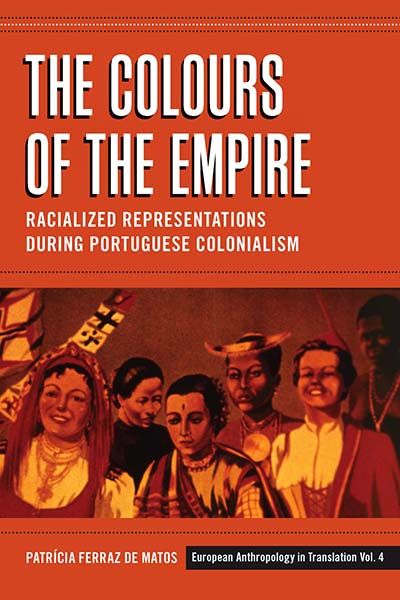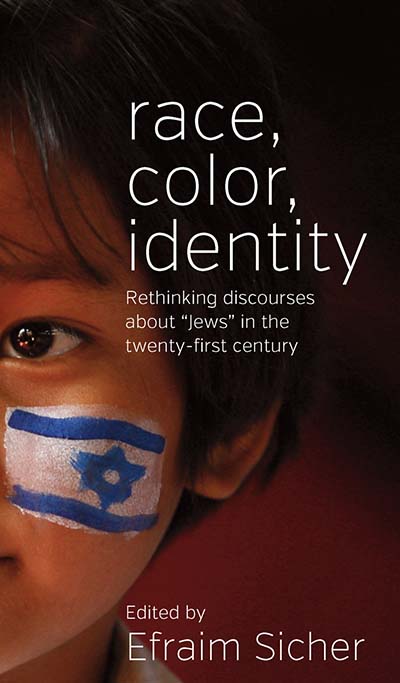In Wake of Zimmerman Verdict, Obama Makes Extensive Statement on Race in America [with video]Posted in Articles, Barack Obama, Law, Media Archive, Politics/Public Policy, United States, Videos on 2013-07-19 21:14Z by Steven |
In Wake of Zimmerman Verdict, Obama Makes Extensive Statement on Race in America [with video]
The New York Times
2013-07-19
Mark Landler, White House Correspondent
Michael D. Shear, White House Correspondent
WASHINGTON — President Obama, making a surprise appearance on Friday in the White House briefing room to address the verdict in the Trayvon Martin killing, spoke in personal terms about the experience of being a black man in the United States, trying to put the case in the perspective of African-Americans. They were Mr. Obama’s most extensive comments on race since 2008, and his most extensive as president.
“I think it’s important to recognize that the African-American community is looking at this issue through a set of experiences and a history that — that doesn’t go away,” Mr. Obama said in the briefing room. “There are very few African-American men in this country who haven’t had the experience of being followed when they were shopping in a department store. That includes me.”…
…Mr. Obama issued a statement shortly after the verdict. But on Friday, he talked more broadly about his own feelings about the verdict and the impact it has had among African-Americans. “You know, when Trayvon Martin was first shot, I said that this could have been my son,” he said. “Another way of saying that is Trayvon Martin could have been me 35 years ago.”…
…Mr. Obama had been under pressure from some African-Americans to weigh in more forcefully after the verdict. For several days, his spokesman deflected questions about Mr. Obama reaction.
But on Friday, after several days of silence, the president appeared eager to offer his thoughts. He declined to take questions, but talked at length about his personal experience as a black man and about the historical context that shapes African-American responses to cases like the one involving Mr. Martin.
“That all contributes, I think, to a sense that if a white male teen was involved in the same kind of scenario, that, from top to bottom, both the outcome and the aftermath might have been different,” Mr. Obama said.
When Mr. Martin was shot in 2012, the president offered an emotional response, saying that “If I had a son, he’d look like Trayvon” and adding that “When I think about this boy, I think about my own kids.”…
Read the entire article here.



